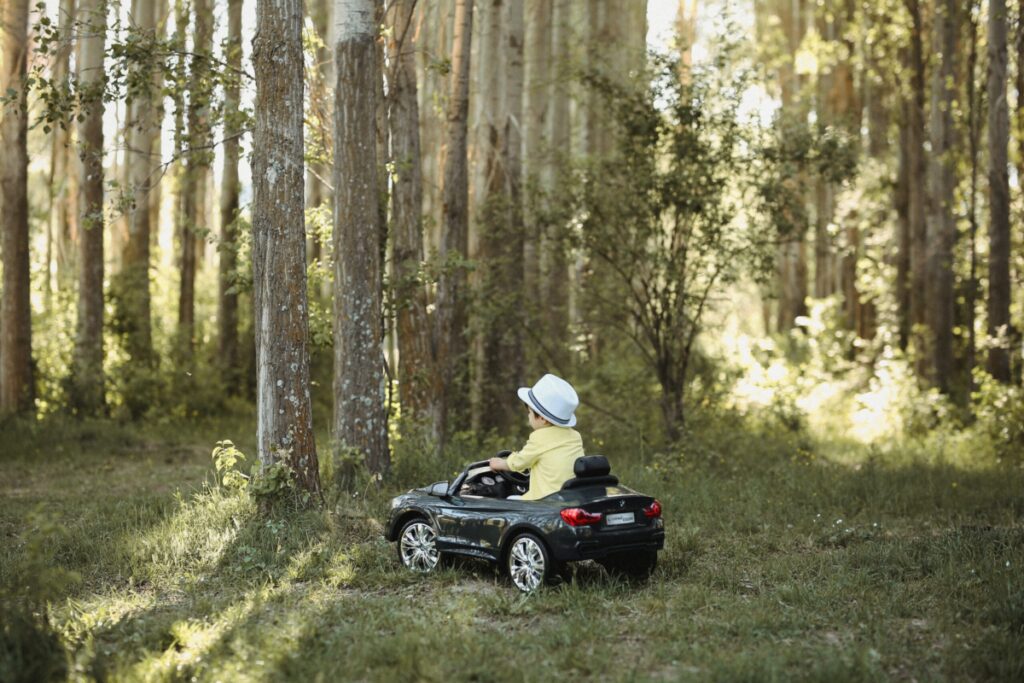Common Summer Rashes in Kids
Summer is full of outdoor adventures, lots of water time, and, unfortunately all of this fun can lead to a multitude of skin woes. Here is some info about five common summer rashes in kids, ways to prevent them, and how to treat them.
Insect bites and stings
Pesky insects can be unwelcome guests during time outdoors, especially the ones that bite or sting! The more common culprits include mosquitos, ticks, and bees or wasps. In most children, these bites and stings can cause itching and pain. However, in some cases, they can cause a severe allergic reaction called Anaphylaxis which can cause symptoms that include hives, swelling, and difficulty breathing and is a medical emergency. If your child has a known allergy to a particular insect bite or sting, make sure to make a plan with your doctor and always carry an epi-pen if it has been prescribed. In addition to causing discomfort, insect bites may also spread certain diseases that can make your child ill, so preventing them as much as possible is a good idea.
How to prevent it:
- Avoid sweet-smelling lotions, soaps, and bright clothing if you don’t want to attract insects.
- Wear long pants/sleeves, hiking socks, and close-toed shoes in areas where ticks and mosquitos are a concern.
- Insect repellants with DEET up to 30% are safe and effective.
What to do about it:
- Always do a tick check after time spent outside.
- Remove stingers and ticks immediately and wash the area with soap, water, or alcohol.
- Treat inflammation and itch with a cool compress and consider using a soothing topical treatment such as hydrocortisone cream or calamine lotion.
Poison Ivy/Plant rashes
Depending on where you live, certain plants can cause an uncomfortable, itchy, painful rash due to a substance called Urushiol coming in contact with the skin. These are common and rather unpleasant summer rashes but can happen any time of year if someone comes in contact with the particular plants. The typical plants that cause this are poison ivy, oak, and sumac.
How to prevent it:
- The best way to prevent plant rashes is to be familiar with which of these plants are in your area and be able to recognize them.
- Wearing closed-toed shoes, high socks, and long pants and sleeves is also helpful in preventing skin from coming in contact with the plants.
What to do about it:
- Remove all of the child’s clothing as the oil can remain and continue to cause symptoms.
- Bathe your child with soap and water for at least ten minutes to remove residual oil.
- Discourage scratching and trim nails to avoid causing small openings in the skin that can get infected.
- Apply a cool compress or a soothing topical treatment such as hydrocortisone cream or calamine lotion.
- Call your doctor to discuss other treatment options if the rash is severe or does not resolve in a few days.
Heat rash
Heat rash is a common summer or warm weather rash caused by clogged sweat glands and happens most often in babies and young children with smaller sweat ducts and a more challenging time regulating their temperature. It causes small reddish bumps.
How to prevent it:
- Keep little ones cool by avoiding over-dressing them, choosing light, breathable fabrics, and using fans or AC if needed.
- If you notice hot spots that are red and sweaty, reposition your baby or adjust clothing to allow air to flow.
- Wipe hot, sweaty areas with a cool wash cloth.
What to do about it:
- Gently wipe down affected areas with a cool wash cloth and leave them open to the air.
- Do not apply lotions or ointments, as these further clog the sweat ducts and potentially worsen the rash.
Eczema
Eczema is a chronic itchy rash that causes dry, red, scaly areas of the skin. We often think of cold, dry winter as a time that exacerbates this rash. However, dry air from air-conditioners and irritants like chlorine from swimming pools make this a common summer rash as well.
How to prevent it:
- Eczema is a chronic condition, but some things can help keep symptoms from flaring.
- Moisturize liberally and regularly with hypoallergenic, unscented, emollient lotions. Lotions containing colloidal oatmeal have been shown to help eczema.
- Avoid irritants like scented soaps, lotions, or detergents.
- Avoid bathing too frequently, but be sure to at least rinse briefly after swimming in pools with chlorine or sweating.
- Cool, breathable clothing fabrics are a good choice when possible.
What to do about it:
- If the above measures don’t prevent an eczema flare, talk to your physician about other treatment options.
- Many children with eczema may need a steroid cream like hydrocortisone from time to time to manage exacerbations.
Tinea
Tinea is a rash that is also often called “ringworm.” However, don’t fear, a worm is not the culprit! This common skin infection is caused by a fungus! It’s often called ringworm because the rash can form round or oval spots that become smooth in the center as they grow, leaving a red scaly ring. Similar fungal infections caused by tinea include athlete’s foot and jock itch. Fungal infections are more likely in areas where skin touches or stays damp from sweat but can occur anywhere.
How to prevent it:
- Make sure to change socks and sports gear that is in contact with the skin and gets sweaty frequently to prevent athlete’s foot or jock itch.
- Tinea can spread quickly, so treat pets and family members as soon as it is recognized.
What to do about it:
- Anti-fungal treatment is usually needed to treat tinea.
- In mild cases, over-the-counter treatment for athletes’ foot or jock itch can be sufficient. It is also important to continue to preventive measures mentioned above that help keep skin dry.
- Ringworm, however, can be more challenging to treat, and you should talk with your physician about whether you need a prescription anti-fungal medication.
We hope these tips help you prevent and treat these common summer rashes in kids! Now spray on your insect repellant and head out for a hike!
Healthchildren.org – 12 Common Summertime Skin Rashes
American Academy of Dermatology – 12 Summer Skin Problems You Can Prevent



